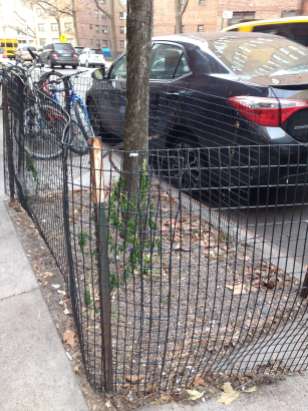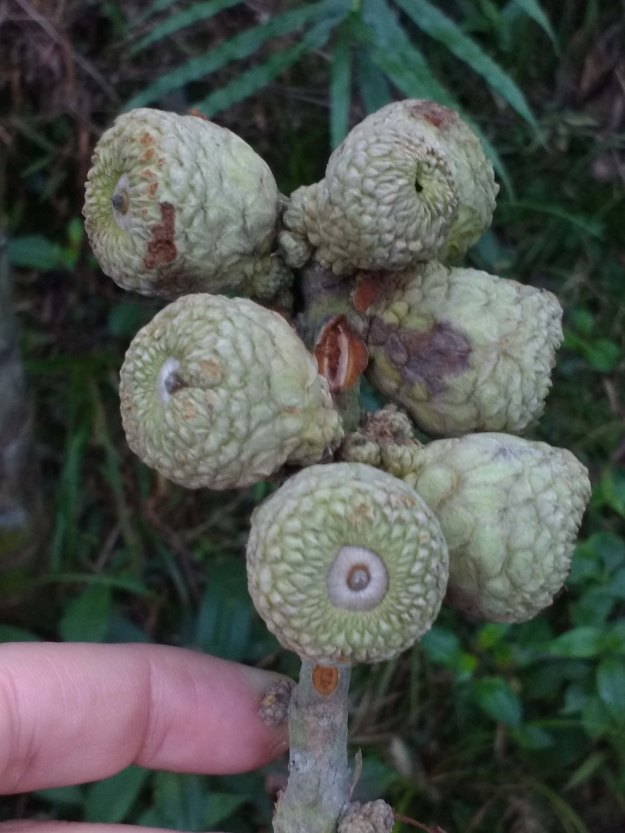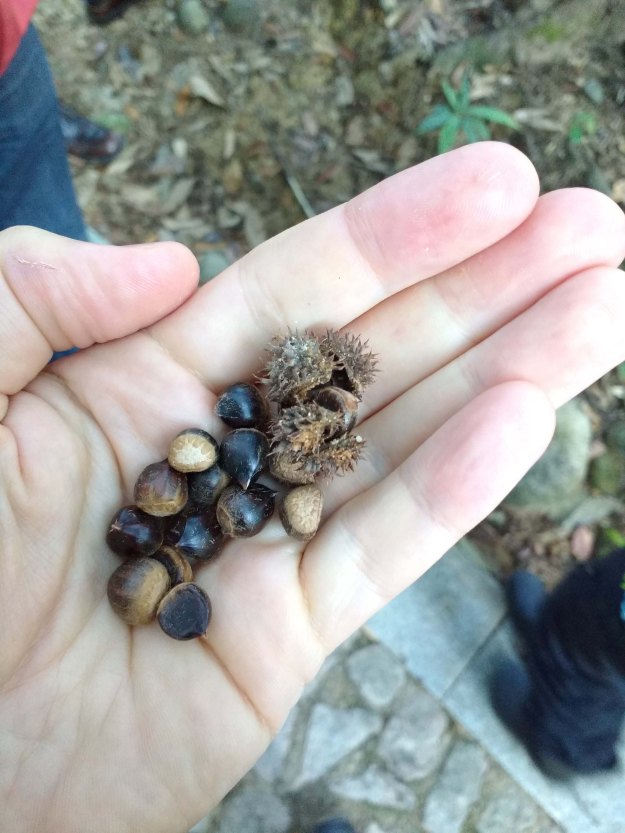Who should come walking the other way down the trail over the weekend but our very own GOP senator, Bob Corker? I greeted him then told him how deeply ashamed I was to be from a state where our senator will not denounce Trump for boasting of sexual assault. Corker has been silent on this matter and on the racism and hate that the T-monster has spewed into our country these last months (judge for yourself: see addenda below for links to his statements). I told him that as a Tennessean I was deeply ashamed of his silence.
Corker’s response? “If you don’t like it, then you should leave the state.”
He then turned the conversation to attack me: “It’s people like you who won’t accept the results of the election who are deeply dividing this country.” “What have you ever done to contribute to this state?” Well, I did not say that I disputed the election, merely that I was ashamed of my senator. And my contributions? Modest, for sure, but irrelevant to the question: “Why have you not, Senator Corker, denounced Trumps’ boasts of sexual assault?” Or any other of Trump’s outrages?
He responded only with attacks on my character and complaints about the uncivil way that I was disrupting his restful Sunday walk “in nature.” Then he repeated his charge to me: “If you don’t like it, leave.”
No, Senator, if you don’t like your constituents using their First Amendment rights to express their deep dismay and disgust at your failure to take a stand against odious statements, then maybe you’re the one who needs to book the U-Haul van. Pack your bags and leave Washington. Take your silence in the face of Trump’s vile words back to your Chattanooga mansion and ponder why a group of hikers — immigrants, women, LGBTQ, and Latinos — would be so distraught to see your smirking countenance sauntering through the woods.
Yes, we are ashamed of you. No, we are not leaving.
Update 7 hours after original post:
I just got a call from a newspaper reporter who told me that Senator Corker’s office claims that I said I was ashamed to be from a state that voted for Trump. This is absolutely untrue. I said I was ashamed that Senator Corker had stood by Trump through all of Trump’s vile pronouncements. Ashamed of Corker: yes. I said nothing about the votes of my fellow Tennesseans. Corker’s also claimed that I was profane and aggressive. I’m afraid my profanity was no match for that of Mr Trump and I showed no aggression. Anger, for sure, but I stood at a respectful distance and listened to Corker. First Amendment speech is not aggression, it’s a right. Grabbing women, punishing them for abortions, egging on rallies toward violence: now that’s aggression.
Addenda added after post was first published:
Three witnesses can vouch what what Senator Corker said to me.
“Anonymous” comment in the comment section is coming from U.S. House of Representatives IP address 143.228.129.9. Evidently some in Washington think that it is OK to use government network addresses to make anonymous comments on blogs.
Nashville Scene coverage here. Chattanooga Times here. Tennessean here.
Corker’s official website (search for Trump”). Refusal to withdraw endorsement here. Calls Trump’s foreign policy “very thoughtful.” Corker campaigns with Trump in NC. Comparison of Corker to other Republicans on Trump.






















































